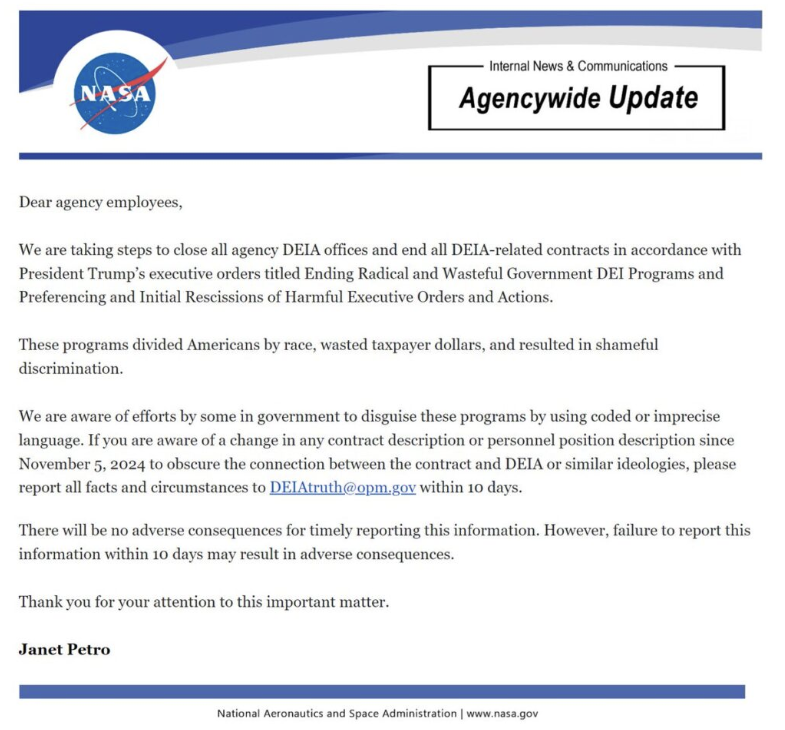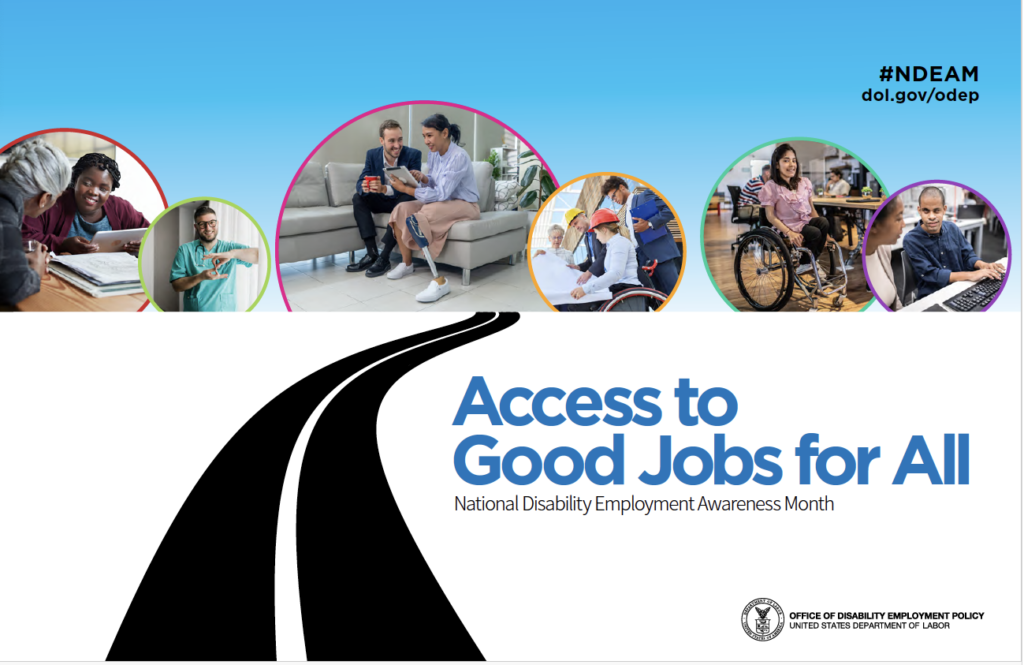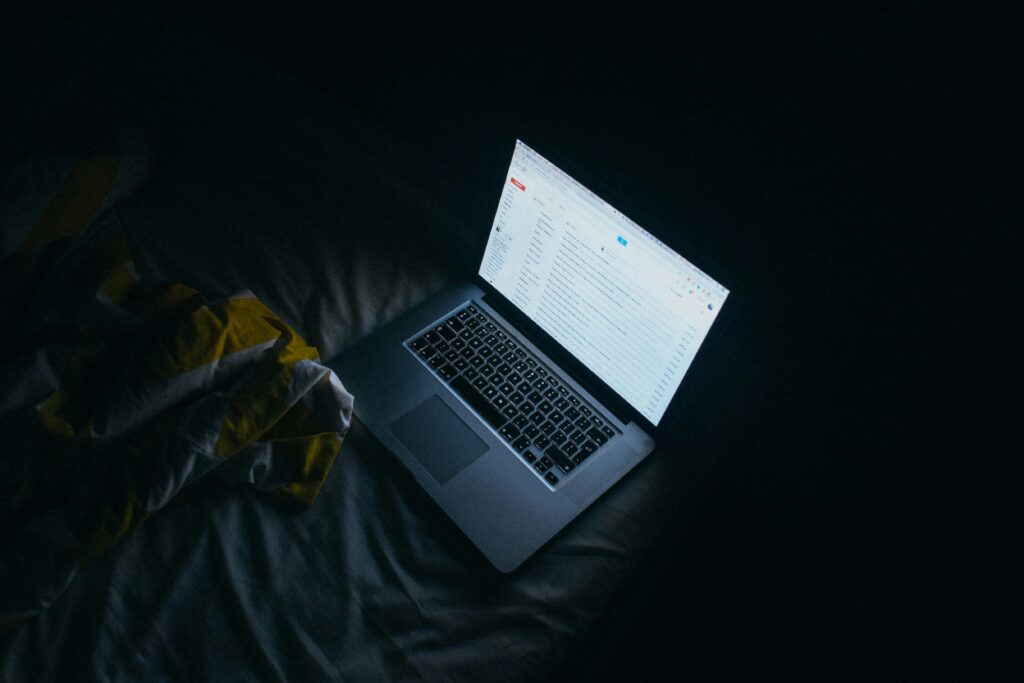
Last week I suffered celebrated my birthday. I have never felt comfortable with the commemoration of the day – no “birthday month” let alone a “birthday week” for me.
Even as a kid I never felt an overwhelming desire for anything flashy; I literally cannot remember a single specific time when I had a party or did anything beyond having a special cake for dessert. I think part of this lack of caring comes from having a January birthday – one that comes fast on the heels of all the holidays. Festivities were held and gifts were exchanged in December…must we do it all again?
Rather – and I realize this sounds incredibly gloomy and fatalistic – my birthday has always struck me as a harbinger of my own impending mortality rather than a reason to celebrate my (inevitable) aging. And, since it occurs 3 weeks after I’ve already gotten through New Year’s Day – with its built-in expectations to take stock of one’s life and map out resolutions – I am well past done.
Too much.
And yet…I do admit to wondering “why” I can’t just seem to embrace the excitement that could come with a New Year – New Me moment. Why do others seem to have it in them to self-reflect and self-assess? Create vision boards. Choose a “word for the year.” Set mantras and power chants and whatnot?
I sort of, for the first time, came somewhat closer this year.
Why? Because this year my January birthday not only came sliding in shortly after New Year’s and the end-of-the-year holidays but my birthday marked 57 days post-surgery. Un-planned, un-anticipated surgery (2 days before Thanksgiving) that got scheduled after I went into cardiac arrest in early November and then spent several weeks either unconscious or in the weird state of hospital-induced delirium. Thankfully, I don’t recall these 12 or so days because I was, apparently, an atrocious patient. But surgery went great (shoutout to Dr. B. and team!) and I am now the proud owner of an ICD.
I was, literally, on death’s door on November 10th. Knocking and ringing the doorbell. Trick-or-treating on the doorstep in my “lounge around the house and watch the Saints game cuz it’s Sunday” attire while life-threatening arrhythmia did a dance amongst my ventricles.
Life-changing (one would think) and somewhat momentous events.
Naturally, I assumed when New Year’s Eve arrived, I would be taking stock of my life and jotting down some resolutions. When that didn’t happen, I figured that surely, when my birthday rolled around (harbinger of my impending morality! Remember?), I would become super reflective and think about how I wanted to spend the the rest of my life.
But nope. Nothing struck me.
Rather I got to thinking about why I didn’t feel compelled to take stock. Nor, quite frankly, have I ever. Why is that?
Am I shallow? Am I a fatalist? Do I wonder if, when looking at my life too closely, I won’t measure up to my own – or others’ – expectations?
So I tried to force it. I even went old school and grabbed a journal-type thing (one benefit of going to so many HR conferences is I have a massive stockpile of quite high-quality notebooks) and put pen to paper. Surely, I thought, this will kick-start something.
What did I come up with?
- An afternoon nap is life’s greatest pleasure.
- I frankly don’t give a shit what other people think. Tho I do hope they think I’m kind.
- I’ve spent my life working in HR and, by and large, am glad I did.
- If my time on this mortal coil were to end right now, I hope I’ve left a nugget of a memory (laughter, happiness, joy) behind for others.
- When we go…we go. No need to worry about it.
As for resolutions to do ‘something’? I decided I needed to begin writing again. That seems to have taken hold as this is the second post since my birthday.
Let’s see what other mysteries life will bring.




